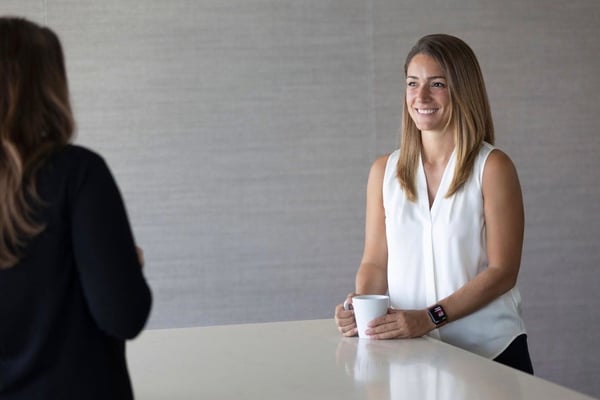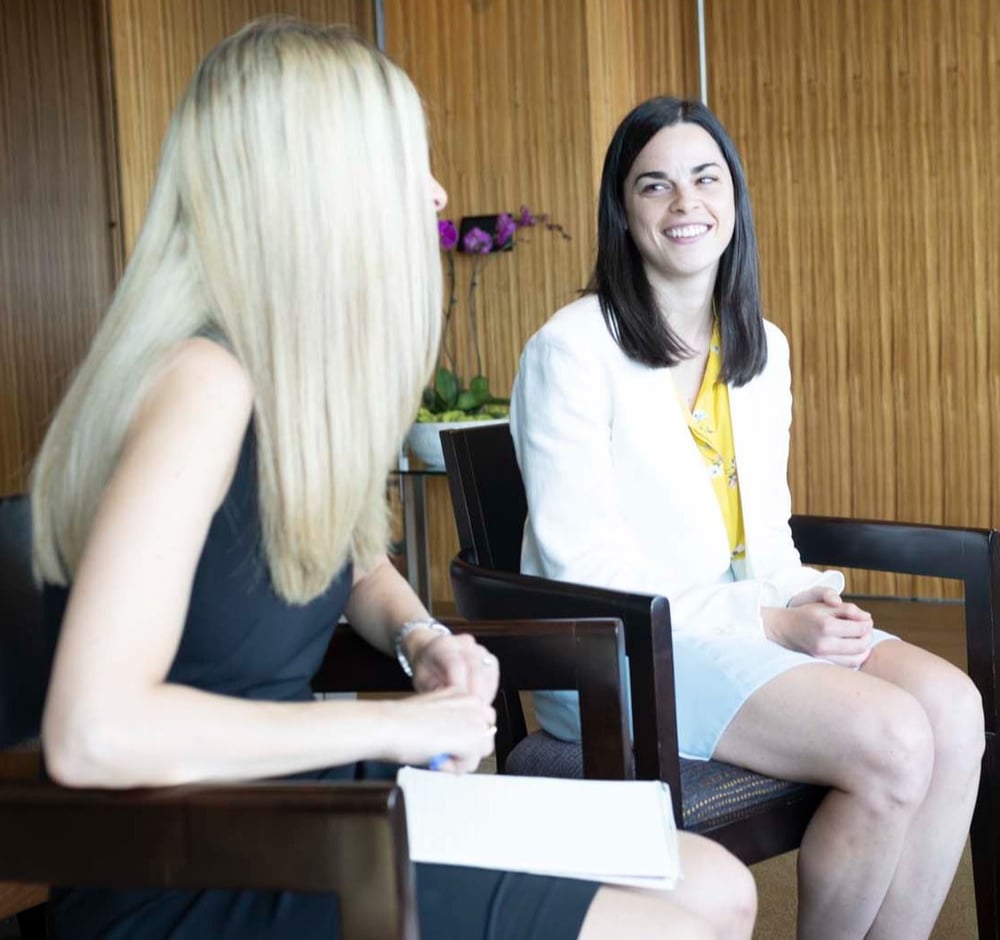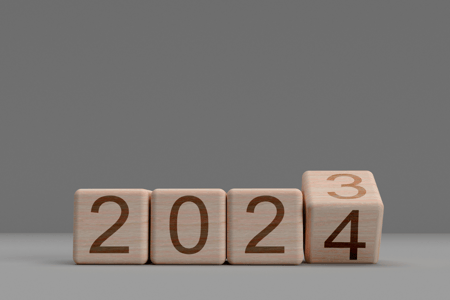Masterful legal mechanics. Mechanical Technologies
Our engineering backgrounds and industry experience cover all aspects of mechanical technologies. That experience, coupled with our strong business acumen, is why clients choose us to serve as trusted counselors who understand the context in which IP decisions are made.
Experience the difference.
With one of the largest mechanical technology groups in New England, clients know we can handle virtually any technology. This means we don’t spend time getting up to speed and can focus, instead, on providing perceptive advice on issues such as new product development, competitive targeting, and how the project fits within your overall objectives.


Our group’s clients range from industry leaders like BD, Takeda, ASSA ABLOY, Geotab, and Husky, to leading research institutions like MIT, to emerging start-ups like Coravin and ClearMotion, and to some of the most recognizable consumer products companies like SharkNinja, Burton Snowboards, and Keurig Green Mountain.
The services we provide are always tied to the business needs of clients. With a short-term focus and long-term outlook, we take into consideration a client’s plans for growth, locations of key manufacturing activities, downstream markets, industry trends, and competitive obstacles. We advise on every detail: which type of and how many patent applications to file, the benefits of a design patent over a utility patent, avoiding infringement and risk reduction, or in which international markets to seek protection—all the while considering engineering alternatives and other steps to minimize exposure.
Other services our group provides include: product clearance, patent validity, design protection, intellectual property audits and due diligence, competitive intelligence and monitoring services, licensing and other IP agreements, post-grant proceedings, and infringement enforcement and defense.
Many of our clients have been with us for decades because they value our consistency and institutional knowledge. We work together as a team, and often spend time educating senior management on IP issues so they can react quickly to opportunities and threats.
Design Patents
Your product designs are unique, reflect dedicated hard work and your company’s brand identity, and can critically impact market acceptance and success. When leveraged effectively, design patents are one way to protect your investment, and can complement utility protection, or stand alone when utility protection is not available. We’ve helped clients secure design patent protections for their products in the US and internationally, and have helped clients navigate and resolve IP disputes involving design patents.
Want to learn more about design patents? Check out our resources:
- 6 Reasons to Consider Design Patent Protection
- Why File a Design Patent?
- Design Patents vs. Utility Patents
- Foreign Design Patent Protection
- Protecting User Interfaces and Mobile Applications with Design Patents
- Protecting the Look of a Product: Design Patents vs. Trade Dress
- How to Protect Your Products in a Competitive Market
Awards & Recognition
We represent clients spanning many industries, such as:
- Apparel & Fashion Accessories
- Automotive
- Cleantech
- Consumer Products
- Dialysis Equipment
- Electromechanical Devices
- Food & Beverage Products
- Industrial Equipment
- Injection Molding Systems
- Laboratory & Diagnostic Equipment
- Manufacturing & Industrial Equipment
- Medical Devices
- Microfluidics
- Robotics
- Security & Access Systems
- Sporting Goods & Recreational Equipment
- Telematics



Our team's advanced degrees include:
- Biomedical Engineering
- Chemical Engineering
- Electrical Engineering
- Materials Science & Engineering
- Mechanical Engineering
- Metallurgical Engineering
- Physics
Why clients describe our service level as “incredible.”
The service is incredible. They deliver on time or earlier than expected.
Exceptionally bright, attentive, and knowledgeable team. Your greatest service strengths are your people.
Patents are an intricate combination of law and technology, so you need people who are comfortable and expert in both areas. We get that with Wolf Greenfield.
The right skill sets are always brought into the discussions so that we have true experts in the field, which is especially valuable when we are entertaining a new business venture that is afield from the core of our business.
The reason I’ve used them for so many years is because I receive the highest level of service from them.
Mechanical Technologies Experience
News & Insights
View more insightsWolf Greenfield Nationally Recognized in 2024 Best Law Firms Rankings
Wolf Greenfield has been recognized for five practice areas on the 2024 national Best Law Firms® list by The Best Lawyers in America®. The firm was ranked a top tier law firm in the national rankings ...

A Look Ahead: Key Intellectual Property Legal Topics in 2024
What should in-house counsel be on the lookout for in 2024? As we begin a new year, our attorneys look ahead at intellectual property topics they expect will be trending in 2024. They cover areas incl...

48 Wolf Greenfield Attorneys Named to The Best Lawyers in America 2024
Forty-eight Wolf Greenfield attorneys were selected by their peers for inclusion in The Best Lawyers in America® 2024. Members of every practice group at the firm were represented. Thirty-two were nam...

Events
Past Events
FORGE’s Spring Start-up Showcase 2024
Cybernetix Collective Insights: Smart Biomanufacturing
FORGE: Legal Considerations for Hardtech - Making Your IP Appealing to Investors
Contact











